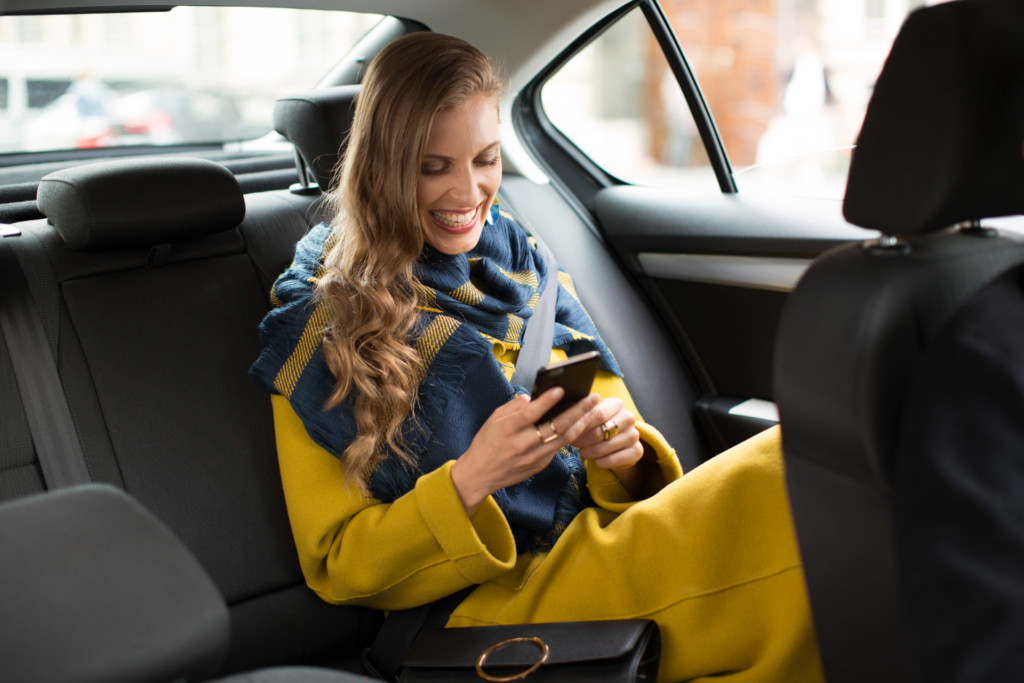It is common contemporary knowledge that Design methodologies are being applied more and more to multiple business fronts in order to increase the quality of services and leave customers more satisfied.
We live in a society where, fastly and surely, services are taking over places where before products used to reign solemn. Service Design is a discipline of Design that focuses on the premise that “everything is a service” and that credits value to a service over a product. The rise of companies such as Airbnb, Uber, Alibaba, amongst many others, who have spun their industry’s norm on their heads by transforming a once tangible product – “You need mobility? Buy a car!” – into a service experience – “You need mobility? Use someone else’s car for 20 minutes.” – have disrupted the status quo and transformed the social norm forever.
Say Apple, for instance. Even though Apple did not create mp3 technology, who would you credit for having been a game-changer in the music industry, Apple or Sony? The reason behind the collective memory that implies Apple revolutionised the music industry is because it did. They didn’t only launch the iPod; they created a world of services that were linked to that hard drive and, in that, the hard drive itself became an avatar for all other Apple services. (For a deeper look into how service is changing in modern society, read this article).
The main similarity between these companies and services that have changed forever the way we behave as consumers – and, no less, as citizens – is the fact that their offered services are all co-created, meaning that the service user is as responsible for inputting value to the service as is the service provider.
Over the years, we have learnt to tweak services as we use them and, in doing so, we became contributor designers to such services; our participation as consumers was no longer reduced to a bank transaction. As a result of this new era of collaborative innovation in services, people have become, throughout the course of the last decade, very used to being involved in the creation of the services they purchase; giving your two cents has become not only normal but also expected.
What makes someone fall in love with a service? A bus and an uber have, in theory, the same function and mission: to get someone from point A to point B. Why is it, then, that they aren’t the same? Or, for instance, hotels and Airbnb: what is it that makes them so equal yet so different? The answer is simple: both Uber and Airbnb business models are built around a client pain point, a real need that wasn’t being addressed by the traditional service providers. Personalisation is a powerful enhancement feature to any business as people like to be noticed, known, cared for.
Australian economy – as part of a worldwide trend – is becoming more experience-centred. With fierce competition in every sector and a “startup feel” surrounding business and inciting innovation, companies will only prosper if they are capable of delivering a service experience that is relevant, impeccable and client-centred from beginning to end.
*If you’re interested in learning more about Service Design, click here.
*This article was originally published on July 3rd, 2018.
—
Follow us on social
Instagram – Facebook – LinkedIn – Youtube
How Can We Help?
- For training and Innovation Journeys in your company: check out our in-house course offering.
- For upcoming courses in your region: visit our website.
- For upcoming events in your region: look at our event calendar.
- If you have a special project and would like to use Echos’ consultancy services: send us an email.
- Want to speak to a real person? Call us on 1300 502 006



